Stay updated
News & Insightstitle: "example" notebookName: "example.ipynb" 🔗
Defining a simple augmentation pipeline for image augmentation 🔗
This example shows how you can use Albumentations to define a simple augmentation pipeline.
Import the required libraries 🔗
import albumentations as A
import cv2
from matplotlib import pyplot as plt
Define the visualization function 🔗
def visualize(image):
plt.figure(figsize=(10, 10))
plt.axis("off")
plt.imshow(image)
Read the image from the disk and convert it from the BGR color space to the RGB color space 🔗
For historical reasons, OpenCV reads an image in BGR format (so color channels of the image have the following order: Blue, Green, Red). Albumentations uses the most common and popular RGB image format. So when using OpenCV, we need to convert the image format to RGB explicitly.
image = cv2.imread("images/image_3.jpg", cv2.IMREAD_COLOR_RGB)
visualize(image)
No code provided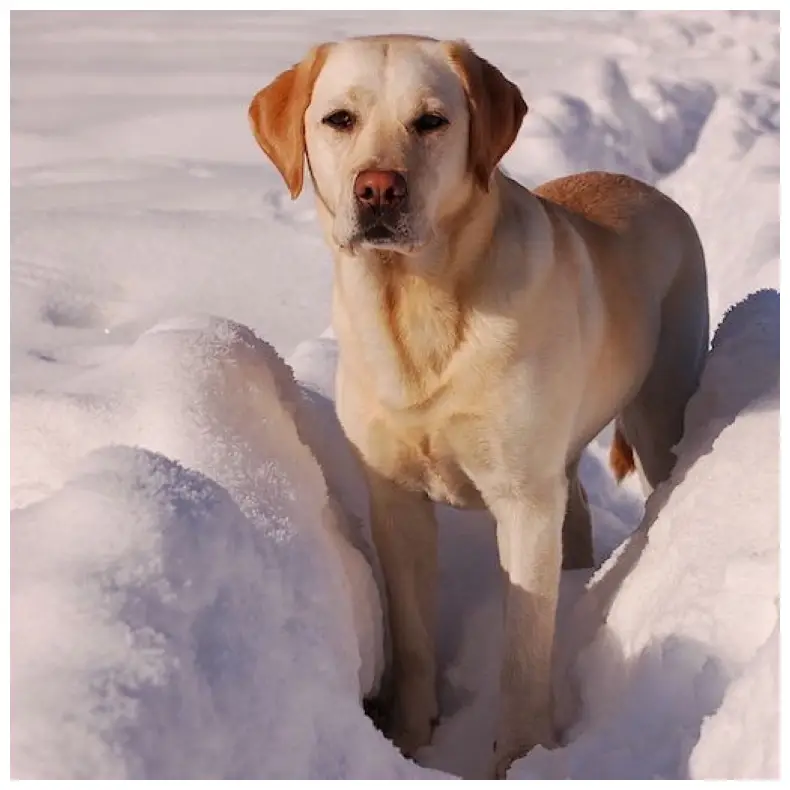
No code providedDefine a single augmentation, pass the image to it and receive the augmented image 🔗
We fix the random seed for visualization purposes, so the augmentation will always produce the same result. In a real computer vision pipeline, you shouldn't fix the random seed before applying a transform to the image because, in that case, the pipeline will always output the same image. The purpose of image augmentation is to use different transformations each time.
transform = A.HorizontalFlip(p=0.5)
transform.set_random_seed(137)
augmented_image = transform(image=image)["image"]
visualize(augmented_image)
No code provided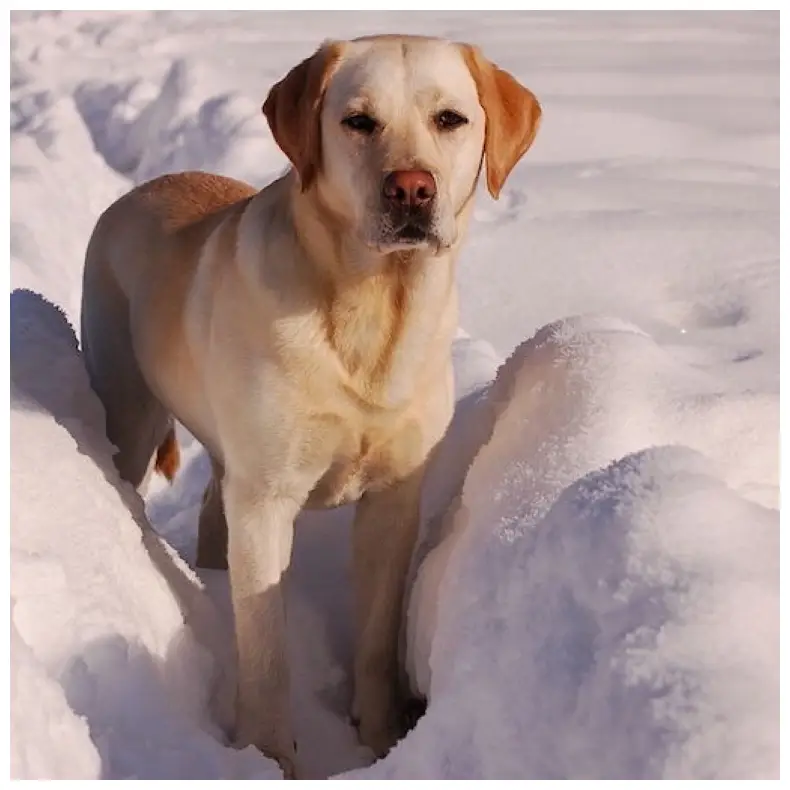
No code providedtransform = A.Affine(p=0.5, scale=0.8, shear=5, translate_percent=0.1, rotate=20)
transform.set_random_seed(137)
augmented_image = transform(image=image)["image"]
visualize(augmented_image)
No code provided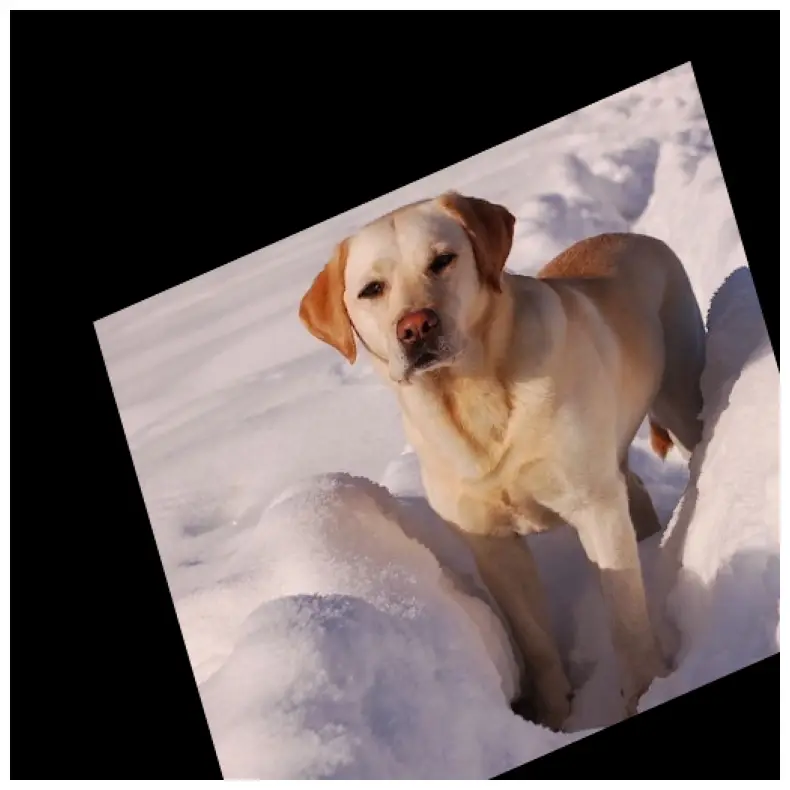
No code providedDefine an augmentation pipeline using Compose, pass the image to it and receive the augmented image 🔗
transform = A.Compose(
[
A.CLAHE(),
A.RandomRotate90(),
A.Transpose(),
A.Affine(rotate=20, scale=0.8, shear=5, translate_percent=0.1, p=1),
A.Blur(blur_limit=3),
A.OpticalDistortion(),
A.GridDistortion(),
A.HueSaturationValue(),
],
strict=True,
seed=137,
)
augmented_image = transform(image=image)["image"]
visualize(augmented_image)
No code provided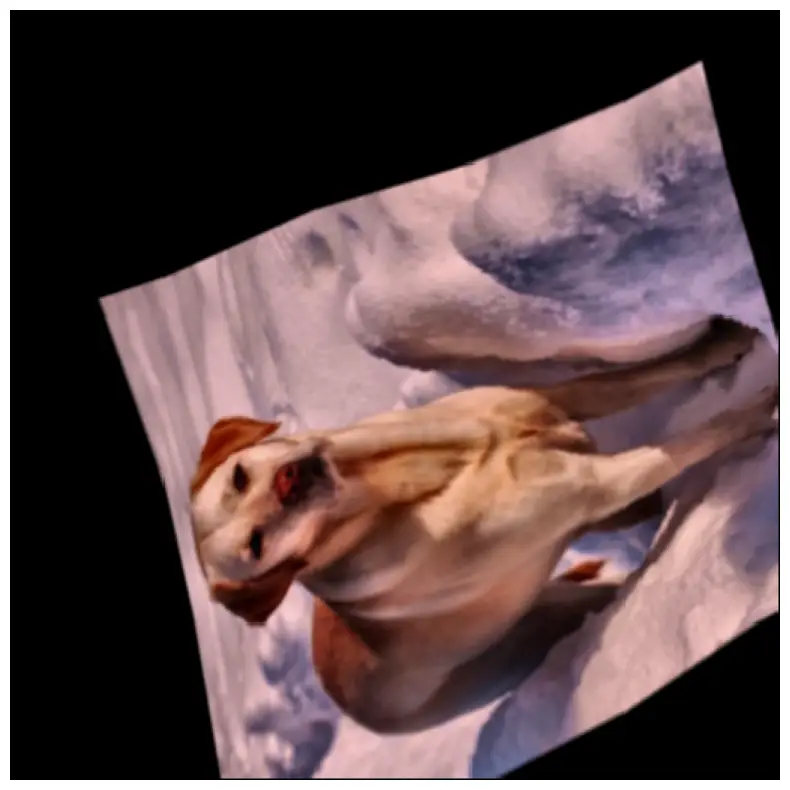
No code providedtransform = A.Compose(
[
A.RandomRotate90(),
A.Transpose(),
A.GaussNoise(),
A.OneOf(
[
A.MotionBlur(p=0.2),
A.MedianBlur(blur_limit=3, p=0.1),
A.Blur(blur_limit=3, p=0.1),
],
p=0.2,
),
A.Affine(rotate=20, scale=0.8, shear=5, translate_percent=0.1, p=0.2),
A.OneOf(
[
A.OpticalDistortion(p=0.3),
A.GridDistortion(p=0.1),
],
p=0.2,
),
A.OneOf(
[
A.CLAHE(clip_limit=2),
A.RandomBrightnessContrast(),
],
p=0.3,
),
A.HueSaturationValue(p=0.3),
],
strict=True,
seed=137,
)
augmented_image = transform(image=image)["image"]
visualize(augmented_image)
No code provided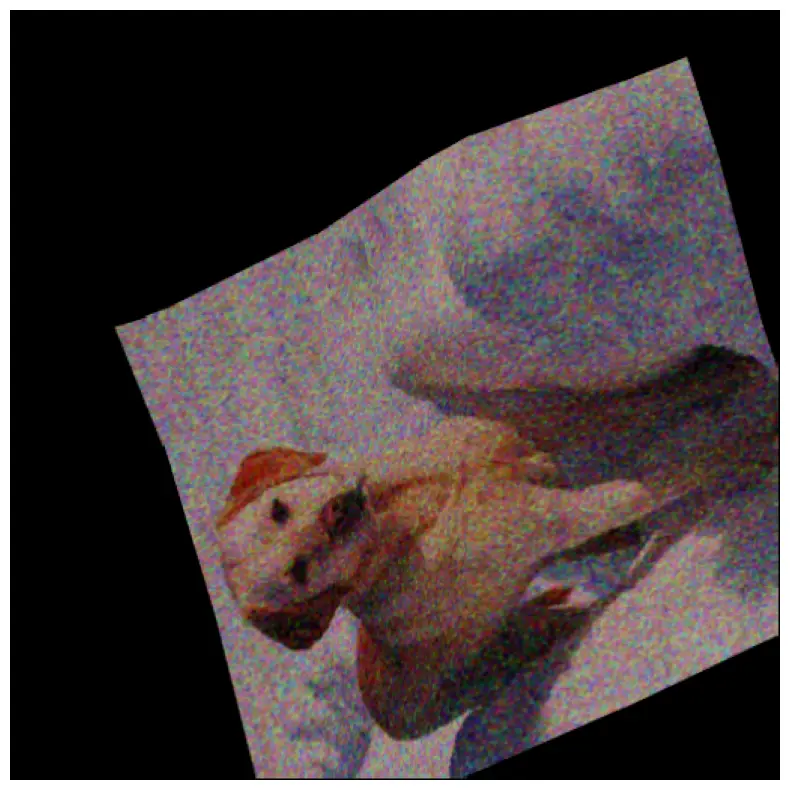
No code provided